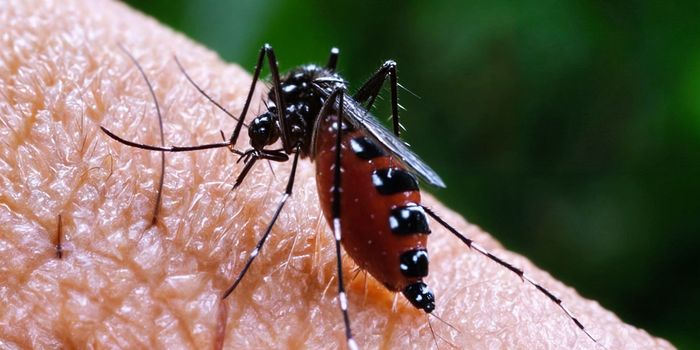Image Credit: CDC
JUPITER, FL – October 17, 2016 – In a study that could one day help eliminate the tragic birth defects caused by Zika virus, scientists from the Florida campus of The Scripps Research Institute (TSRI) have elucidated how the virus attacks the brains of newborns, information that could accelerate the development of treatments.
The study, led by TSRI Associate Professors Hyeryun Choe and Damon Page, was published recently in the journal Nature Scientific Reports.
In the new study, the scientists observed the virus’s effects in animal models at two different points—during early postnatal development, when the brain is growing rapidly, and at weaning, when the brain has largely reached adult size.
“In early postnatal Zika-infected models some brain areas and cell types showed particularly large increases in apoptosis [programmed cell death] that we did not observe in older animals,” Choe said.
The findings expand the current knowledge of cell types vulnerable to the effects of Zika infection to include not only neuron progenitor cells, but also post-mitotic neurons that have finished dividing but are still are undergoing rapid increases in cell size. These results are consistent with the theory that periods of rapid brain growth are especially susceptible to the damaging neurodevelopmental effects of Zika infection.
“An interesting aspect of the study is the comparison of the two time points,” Page noted. “There is neural cell death at both times, but it’s much greater when the brain is growing rapidly. We can take advantage of this strong effect to test potential treatments and to understand whether some genetic backgrounds may confer enhanced susceptibility or resilience to Zika-induced microcephaly.”
ika virus was first isolated in rhesus macaque monkeys in Uganda in 1947. Transmitted by mosquito, it is related to several other human pathogens, including West Nile virus, dengue, Japanese encephalitis virus and yellow fever. As widely reported, the 2015 Zika epidemic in Brazil coincided with a dramatic increase in cases of microcephalic newborns.
“Our findings establish a valuable model to investigate the mechanisms that underlie the horrific birth defects associated with Zika infection,” said TSRI Graduate Student Wen-Chin Huang, the first author of the study.
The team is continuing to build on this study to better understand and combat the virus.
In addition to Choe, Page and Huang, other authors of the study, “
Zika Virus Infection During the Period Of Maximal Brain Growth Causes Microcephaly and Corticospinal Neuron Apoptosis in Wild Type Mice,” include Rachy Abraham and Byoung-Shik Shim of TSRI.
The study was supported by the National Institutes of Health (grant R01 AI110692) and by Ms. Nancy Lurie Marks.
This article was originally published on
Scripps.edu.









